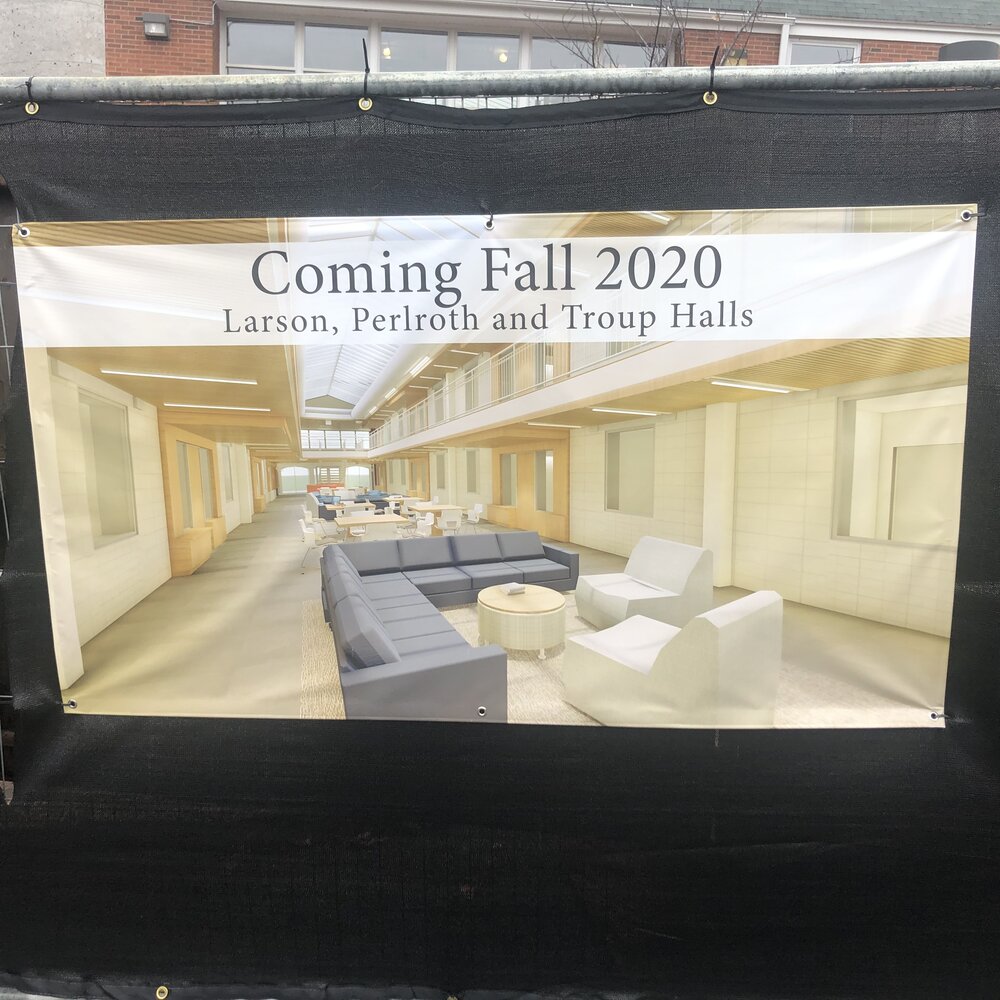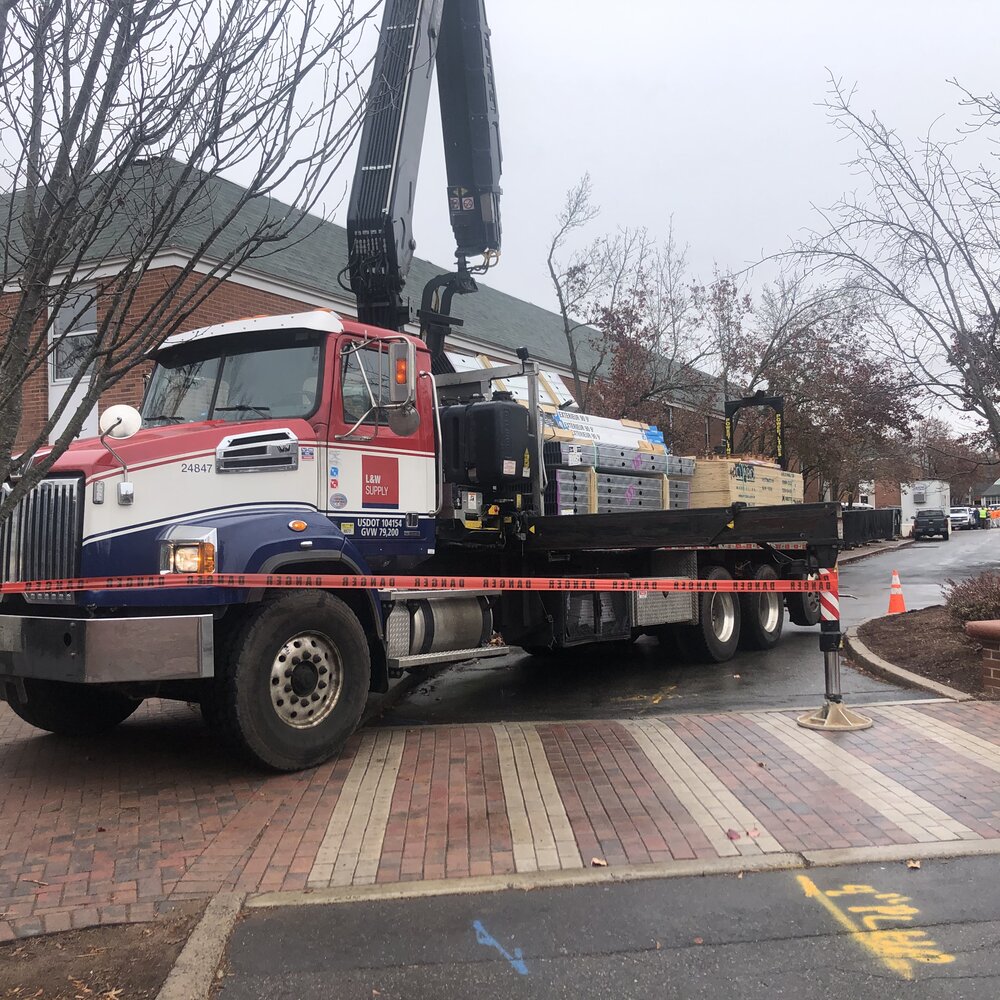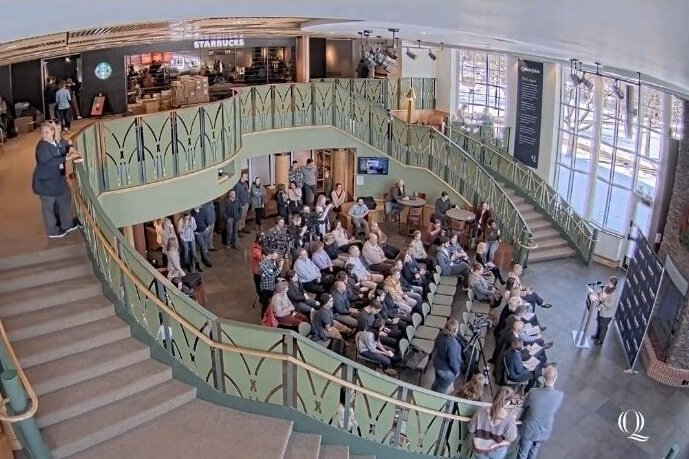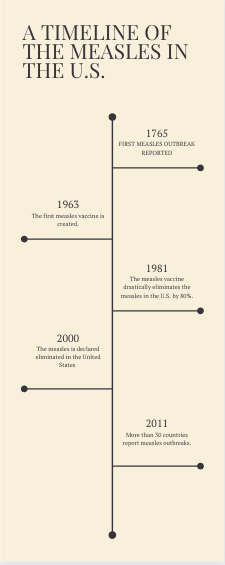How the town of Hamden has started the process to combat blighted and unsightly properties
By Peter Dewey
In a small residential area of southern Hamden, just off of State Street, 37 Stevens Street stands out like a sore thumb, among other single-family houses.
Overgrown brush covers up the house and as you approach, electrical wires hang down through the front yard while the roof of the house looks to be caving in.
There is no sign of what was once a driveway, and tree branches are debris cover the side and backyards.
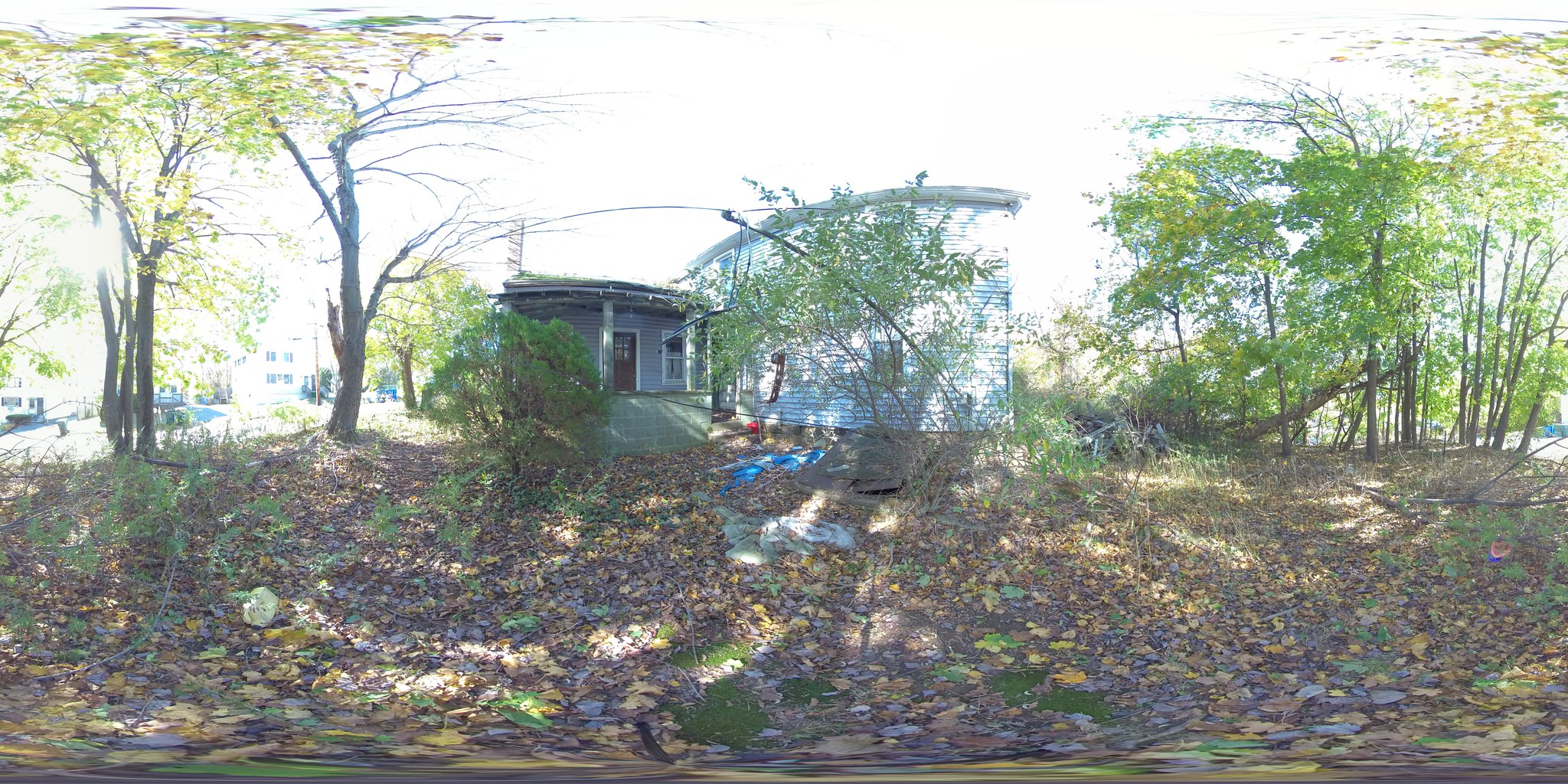
This 360 photo shows 37 Stevens Street, as it is overcome with brush and the house is significantly damaged on the outside.
The house has drastically changed since it was occupied back in 2011.
To combat other blighted areas, Hamden Mayor Curt Leng is planning a new initiative, “Hamden fights blight,” to clean up abandoned and unsightly properties in town.
And local officials have placed the “blighted” property at 37 Stevens Street on a short list of homes and buildings needing attention.
“Blight” describes a wide variety of problems, which can range from physical deterioration of buildings and the environment, to health, social and economic problems in a particular area.
So, what is the Hamden doing to fix it?
Residents in the neighborhood of 37 Stevens Street have described the property as a danger to neighborhood children and a liability to the town.
“We try to do our best and we respond to many complaints,” Hamden Town Planner Daniel Kops said. “Nobody wants to live next to (a blighted property) or across the street, or drive by it every day.”
The property was inspected on May 23, 2019, by the Quinnipiack Valley Health District and the Hamden Police Department. As one of the town’s “hot-list” properties to address, Kops said it is being acted on.
HQPress made many attempts to interview Leng to further explain this initiative, but he did not agree to one.
Leng, who mentioned this idea in a radio interview with the New Haven Independent on Oct. 3, said that he found that blight was a common theme among resident concerns while campaigning door-to-door for the Democratic primary this fall.
The town’s “hot-list” currently consists of seven properties that need immediate attention.
The locations given to the planning and zoning department include: 37 Stevens Street, 922 Winchester Avenue, 2038 State Street, 293 Goodrich Street, 891 Dixwell Avenue, 635 Wintergreen Avenue and 560 Newhall Street.
“The (hot-list) is now being acted on,” Town Planner Daniel Kops said. “The town attorney’s office is working on some that we are foreclosing. We’ll have an active committee that is going to be reviewing other cases, but we haven’t gotten anywhere yet.”
While Leng said that the list includes these seven properties, he said there are about 20 to 25 properties in Hamden that he believes will need attention.
The goal of “Hamden fights blight” is to be more proactive, but there are a large number of requests made to the Planning and Zoning Commission regarding blighted areas.
“For the most part, we respond to complaints,” Kops said. “There are enough of those to keep the assistant zoning enforcement officer, who is responsible for inspecting them, quite busy. Now we’re adding on being proactive and selecting some streets that appear to have problems.”
Once a complaint is made, the town will inspect the houses. The plan with the new committee is to be able to go out and do some of these inspections prior to a complaint being made.
“We have to inspect them from the street,” Kops said. “We can’t go on the property without permission. When the committee gets active and we’ll be discussing which streets to inspect and figure out how to deal with that. We’re in the initial stages.”
Of the seven properties, Leng said there are five residential, one commercial and one town-owned.
The town-owned property is the old Hamden Middle School, located at 560 Newhall St.
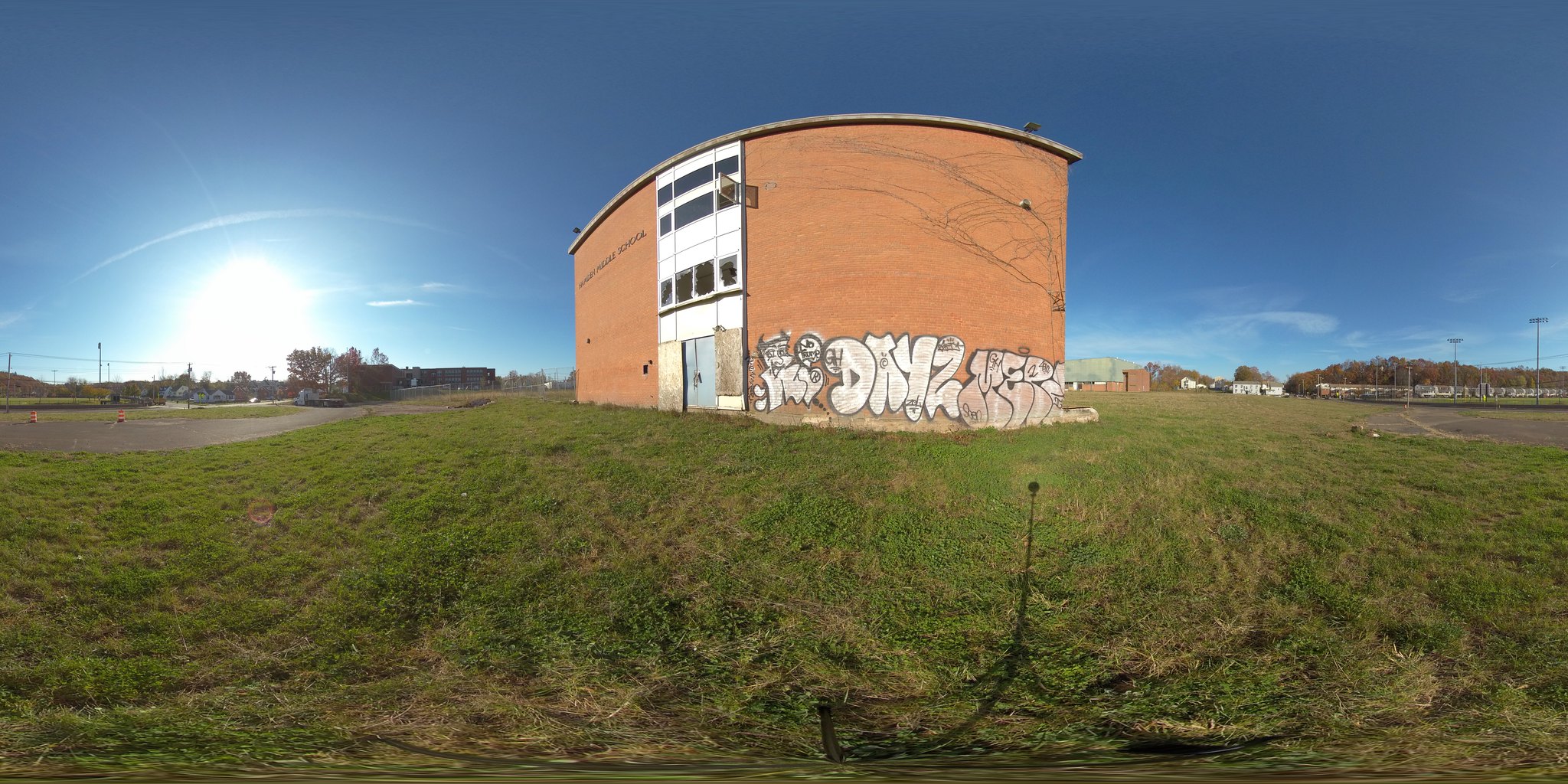
The old Hamden Middle School, located at 560 Newhall Street, is now boarded up and covered with graffiti, leaving neighbors frustrated with its appearance.
The middle school has been abandoned for several years after it was found to be built on top of a former toxic waste dump.
“The middle school is an interesting case,” Kops said. “The middle school property was approved by the Planning and Zoning Commission and was granted a special permit for renovation of the tall building, renovation into apartments and then the construction of townhouses along the front.
“The entity handling that is seeking funds from Hartford in order to do that project. I’m not sure what will happen until that happens.”
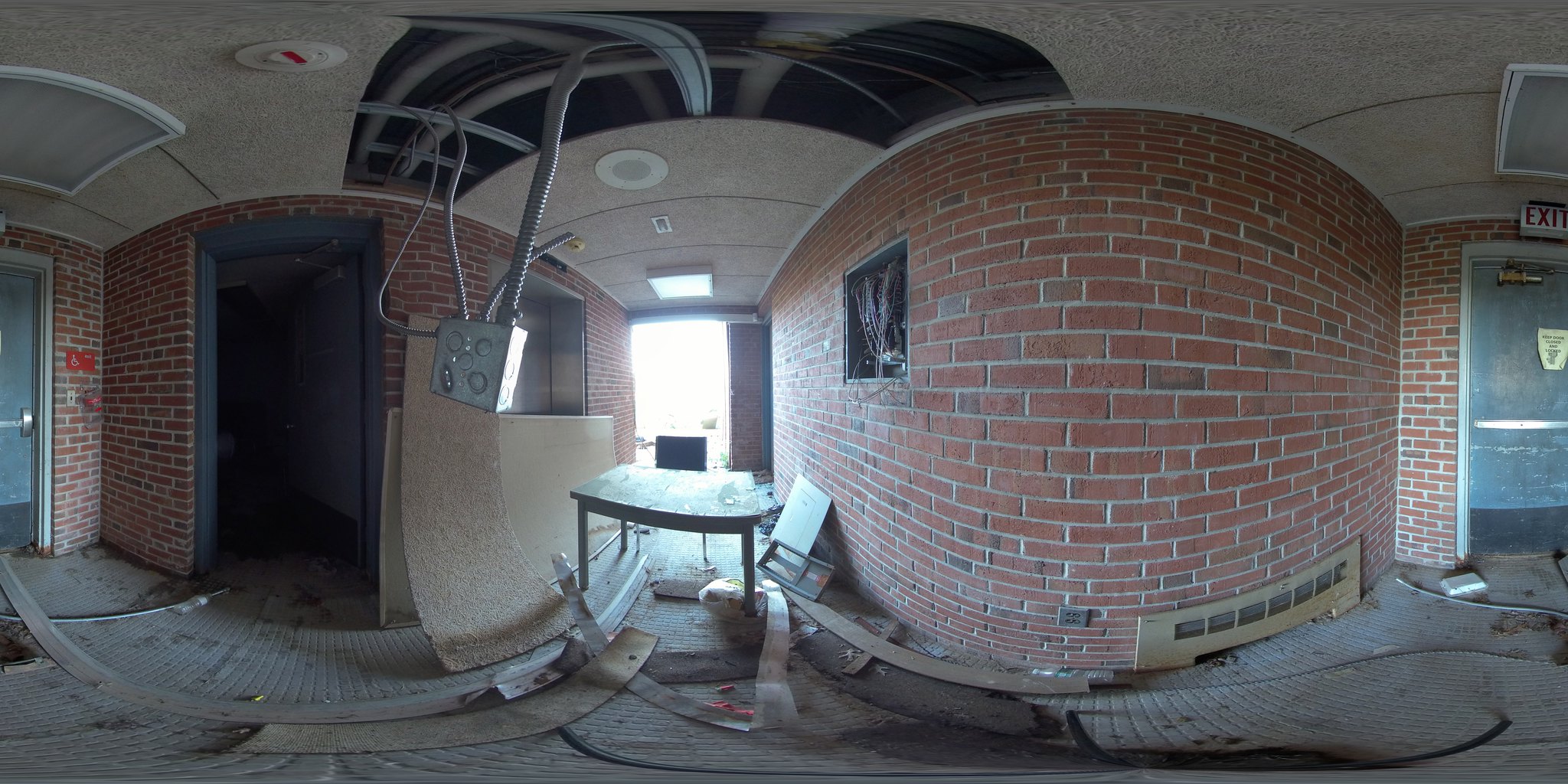
This 360 shows one of the few exposed spaces of the old Middle School.
Back in 2010, Director of Economic Development Dale Kroop said that there would be tremendous activity on Newhall Street for the next few years, but the school still remains, with graffiti lining its walls and most of the windows either shattered or boarded up.
“I can’t remember how long its been (since the middle school has been abandoned) but it has been a very long time,” Mike Ortega, a member of the parks department, said. “I heard the talk of the town was turning the property into elderly housing or low-income housing.”
While the town waits for funding, it seems that the Department of Economic and Community Development will not be involved with the new blight initiative.
After multiple attempts to reach Kroop, he responded via email saying that the plan does not involve him.
“I don’t have anything to do with this initiative except to say that our Development Corporation works on brownfields on behalf of the town,” Kroop said.
In 2017, Hamden was granted $600,000 from the Connecticut Department of Economic and Community Development (DECD), for asbestos cleanup and demolition of the auditorium at the middle school, which began and was completed in 2018.
At the time, Kroop and the Department of Economic Development were in the process of remediating the land for the construction of 87 mixed-income units and a new community center, a project that is still waiting to be started.
Brownfield land is previously developed land that is currently not in use. The $600,000 awarded in 2017 was to be used to clean up the area and revitalize the neighborhood.
“I would like the town to hire people and come clean (the old middle school) up,” Anne Marie Cruz, a Hamden resident said. “When (graffiti on buildings) happens at Yale, they clean it up the next day, because they don’t want to offend anyone.
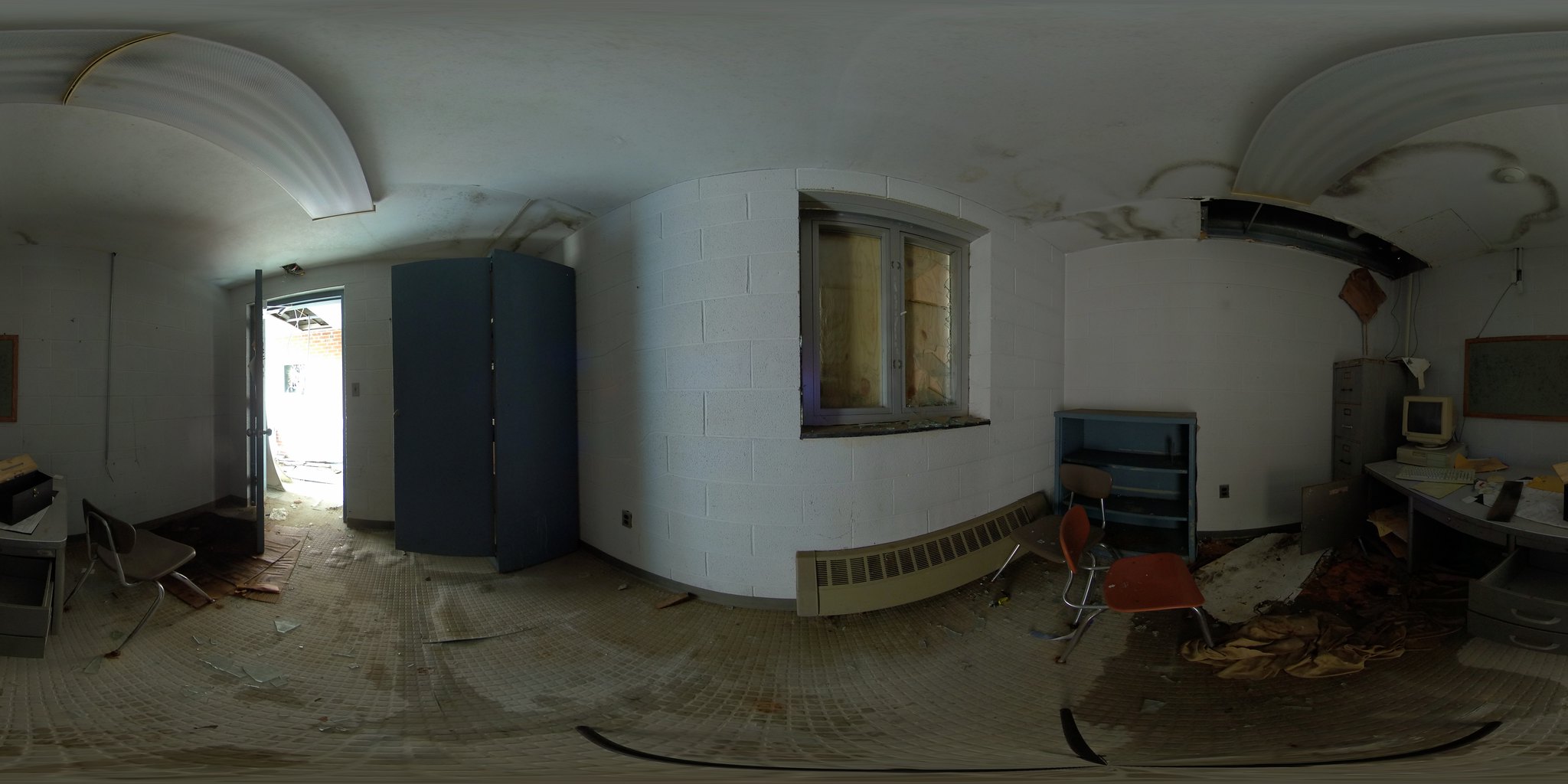
Inside a room at the old Hamden Middle School, which has been abandoned since 2006.
“That’s the way we should think. There are very nice people from all walks of life living around here. There’s a lot of diversity and that’s what I think makes it nice.”
Blighted properties can bring down the value of the homes surrounding them in a neighborhood. Part of the new initiative is to help residents from not only viewing these properties, but in order to boost the value of theirs as well.
“Once you have blighted structures and properties in a neighborhood it often has a multiplier effect,” Kops said. “It leaves a disinvestment, it lowers the property values which can lead to people moving out or losing their homes because the mortgage they’re paying is higher than what they will get for it. They’re basically losing money.”
Just a mere two minutes from Newhall Street, another property located at 922 Winchester Avenue, has become an eyesore in the community.
Damaged beyond repair from a 2015 fire that displaced the family that lived there for more than 40 years, 922 Winchester Avenue is a shell of the property it once was.
The home’s windows are knocked out, with the siding showing serious fire damage, the property is overgrown with weeds and bushes that seemingly haven’t been touched in years.
The house was built in 1920, according to Hamden records, but now that it is abandoned and broken down, residents in the area want to see something done.
“It looks bad in the area,” said resident Veronica Gram. “If they could, fix it or break it down or sell the lot or something. It looks terrible, it’s not good at all.”
Hamden operates under two ordinances for cleaning up these blighted properties.
“Under state statute we have an Anti-Blight ordinance and we have a Property Maintenance ordinance,” Kops said. “The Anti-Blight ordinance is the stronger one because if the owner fails to respond, in most cases, we issue fines and they start accumulating.”
As fines continue to accumulate the town will eventually be able to foreclose the property which allows them to clean it up and eventual sell it once it is no longer an eyesore to the community.
“In the case of the Anti-Blight ordinance it allows us to get a judgement lien against the property,” Kops said. “Ultimately, when that builds up the town can and does foreclose on it, or negotiates with the owner.”
For liens on personal property, the creditor, in this case the town, files a judgment with Connecticut’s Office of the Secretary of State. The lien will remain attached to the debtor’s property for five years on personal property.
The Department of Planning and Zoning states on its website that residents with complaints about blight need to fill out a form in order to trigger an inspection.
If a violation is found, the staff will work with the property owner to resolve the problem.
With Hamden fights blight, the goal is for the town to find this properties prior to getting a litany of complaints.
“Once you let blight start, it can just increase,” Kops said. “It’s important to fight it as much as you can. It is a never ending battle in communities all over the world.”
